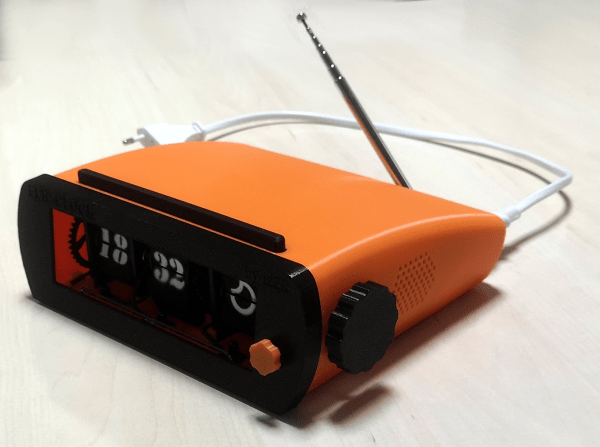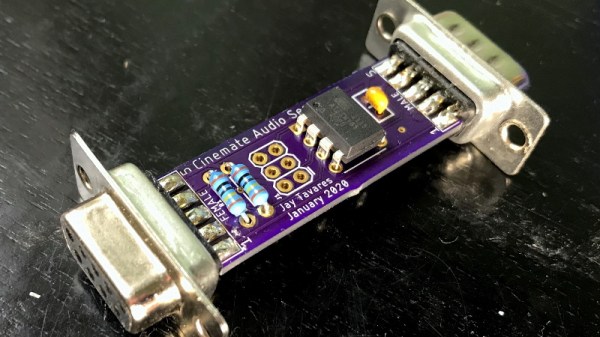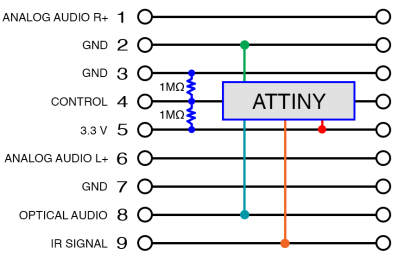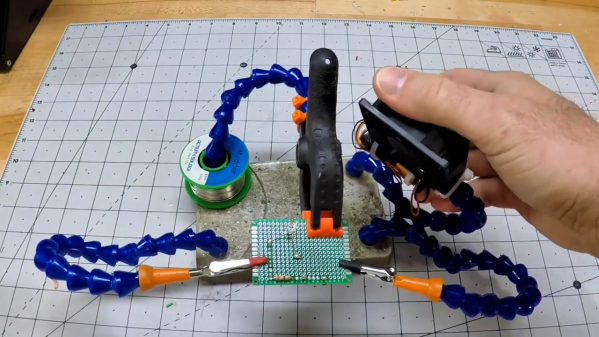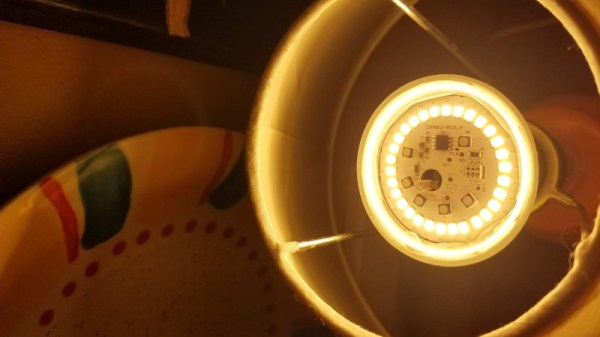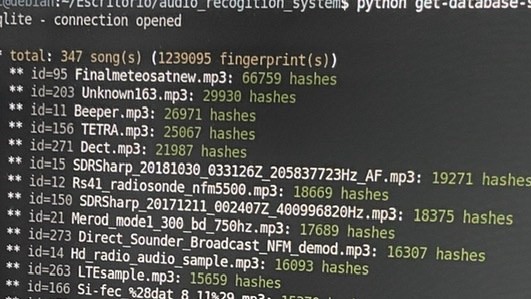It’s rarely a wise idea to put a plastic bag over one’s head, but when the choice is between that and possibly being exposed to a dangerous virus, you do what you have to. So you might as well do it right and build a field-expedient positive pressure hood.
We’ve all been keeping tabs on the continuing coronavirus outbreak in China, but nobody is following as closely as our many friends in China. Hackaday contributor [Naomi Wu] is in from Shenzhen, posting regularly from the quarantined zone, and she found this little gem of ingenuity from a [Doctor Cui] in one of the hospitals in Wuhan. Quarantines and travel restrictions have put personal protective equipment like masks and gowns in limited supply, with the more advanced gear needed by those deal most closely with coronavirus patients difficult to come by.
There’s no build information, but from the pictures we can guess at what [Dr. Cui] came up with. The boxy bit is an AirPro Car, a HEPA filter meant to clean the cabin air in a motor vehicle. He glued on a USB battery pack to power it, used a scrap of plastic and some silicone adhesive to adapt a heat-moisture exchange filter from a mechanical ventilator to the AirPro’s outlet, and stuck the tube into a plastic bag sealed around his neck. The filter provides dry, positive pressure air to keep the bag from fogging up, and to keep [Dr. Cui] from asphyxiating. Plus he’s protected from droplet contact, which is a big plus over simple paper masks.
With the news always so dark, it’s heartening to see stories of ingenuity like this. We wish [Dr. Cui] and all our friends in China the best during this outbreak.


